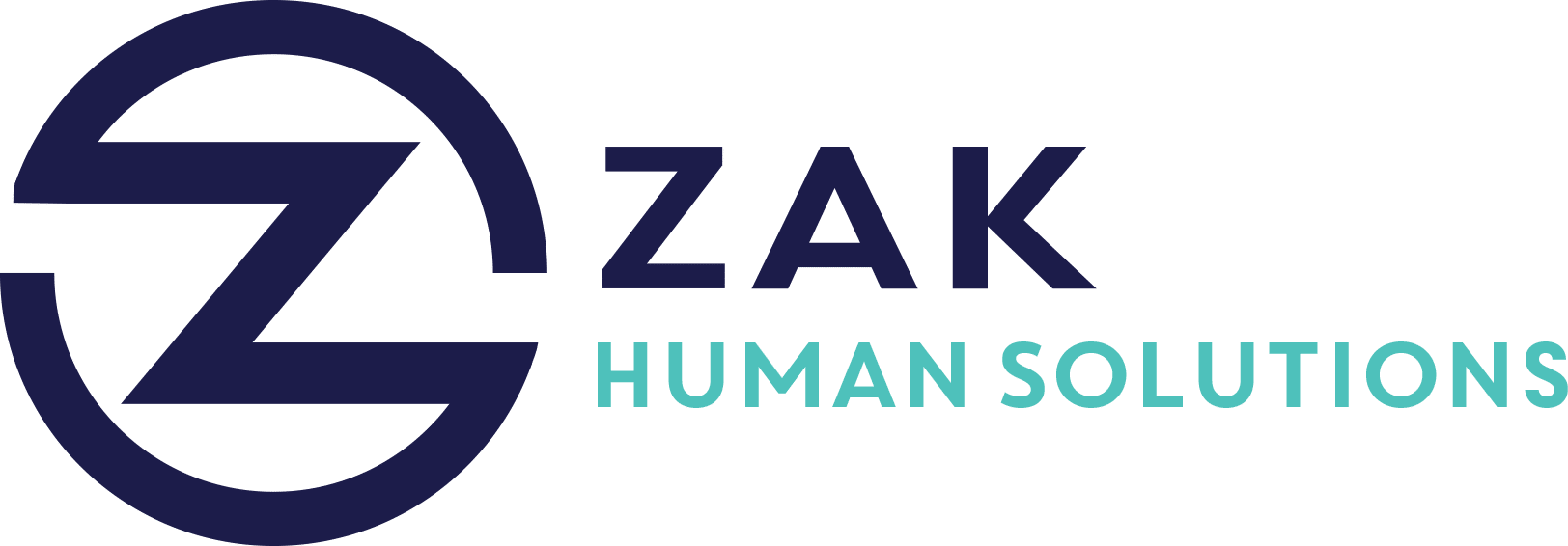Key Takeaways
- Remote work highlights deeper organizational issues rather than being the root cause of inefficiency.
- Strict in-office policies may lead to employee turnover as flexibility becomes a priority for workers.
- Clear expectations and transparent communication are vital for productivity in remote work settings.
- Effective communication requires intentional check-ins and clarity on when to use different channels.
- The right productivity tools should simplify workflows; questioning their value is essential before implementation.
- Flexibility and employee autonomy are key to attracting top talent and retaining workers in the evolving workplace.
In today’s rapidly evolving work environment, remote work is often blamed for various organizational inefficiencies. However, the reality is more nuanced. The issues frequently attributed to remote work are often symptomatic of deeper organizational challenges that require attention. It’s time to scrutinize these underlying issues, understand their impact on the modern workforce, and explore practical solutions to empower businesses and employees alike.
The Root of the Problem: It’s Not Remote Work
For many companies, the knee-jerk reaction to perceived inefficiencies is to blame the remote work model. Yet, remote work shouldn’t shoulder all the blame. Instead, it exposes pre-existing problems within traditional workplace structures. Here are some key issues:
- Lack of Clear Expectations: Without clear objectives, employees can falter in their productivity. The absence of real-time oversight in remote work necessitates well-defined goals and deliverables.
- Poor Communication: Effective and intentional communication is more critical than ever for remote teams, requiring new norms around frequency and platforms for virtual interaction.
The Ripple Effect of Rigid In-Office Policies
Imposing strict in-office policies can lead to significant employee dissatisfaction and turnover. According to recent surveys, flexibility is no longer a nice-to-have perk but a fundamental expectation. Here’s why in-office mandates might be counterproductive:
- Reduced Employee Morale: Being forced back into the office can diminish motivation and morale, leading to decreased job satisfaction and higher attrition rates.
- Talent Drain: Companies that fail to offer flexible work arrangements may struggle to attract and retain top talent, especially as the job market remains competitive.
Key Strategies for Remote Work Success
To thrive in the era of remote work, organizations must adapt and embrace new work paradigms. Here are three vital strategies:
1. Clarity and Transparency
- Set Clear Goals: Ensure every employee knows what is expected of them, why it’s important, and how success will be measured.
- Foster Open Communication: Create an environment where constructive feedback and continuous performance discussions are the norm.
2. Effective Communication Practices
- Intentional Check-ins: Regularly scheduled interactions with clear agendas help maintain focus and connection.
- Appropriate Use of Tools: Differentiate when to use asynchronous versus synchronous communication. For instance, emails for detailed information and video calls for immediate feedback.
3. Leveraging Productivity Tools
- Evaluate Tool Effectiveness: Before adopting new tools, assess whether they genuinely add value or just complicate workflows.
- Simplify Workflows: Use technology to reduce friction in collaboration and increase efficiency.
The Future of Work: A Focus on Flexibility and Autonomy
Emphasizing flexibility and autonomy paves the way for a thriving workforce. Organizations must:
- Trust In Workers: Allow employees to shape their work patterns in ways that suit their lifestyles, enhancing job satisfaction and loyalty.
- Encourage Autonomy: Autonomy in task management and problem-solving can drive innovation and productivity.
The path to maximizing potential in remote work lies not in reverting to outdated systems, but in identifying and addressing core inefficiencies. By fostering a transparent, communicative, and flexible work culture, organizations can not only improve productivity but also boost employee satisfaction and retention, securing their place as leaders in the modern business landscape.




